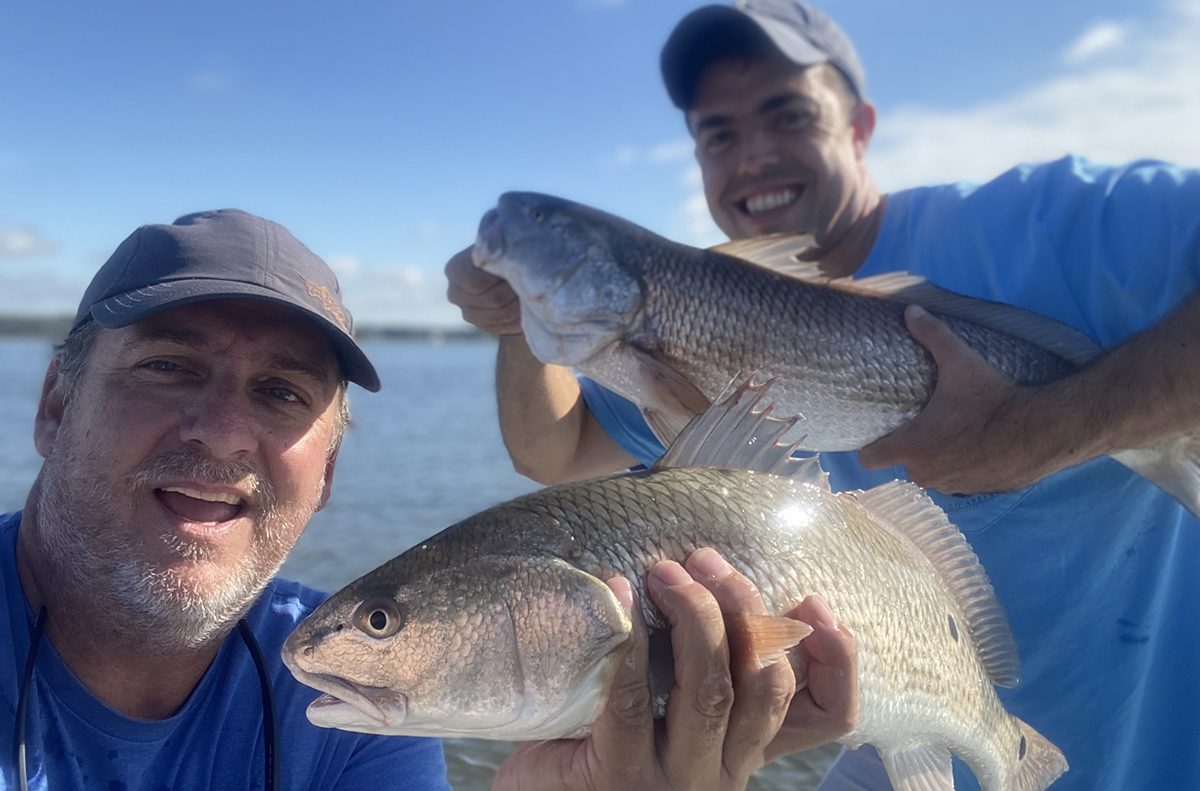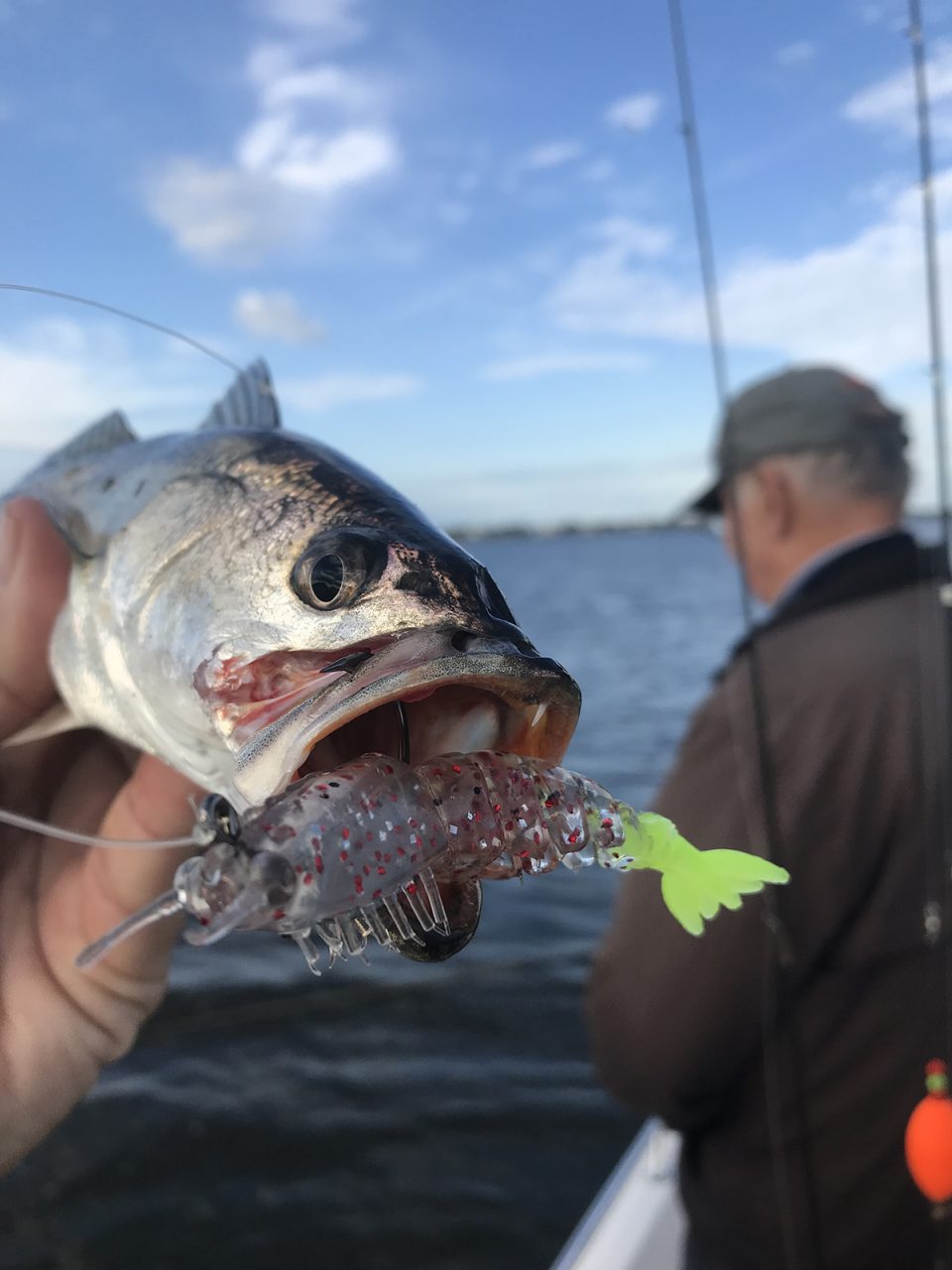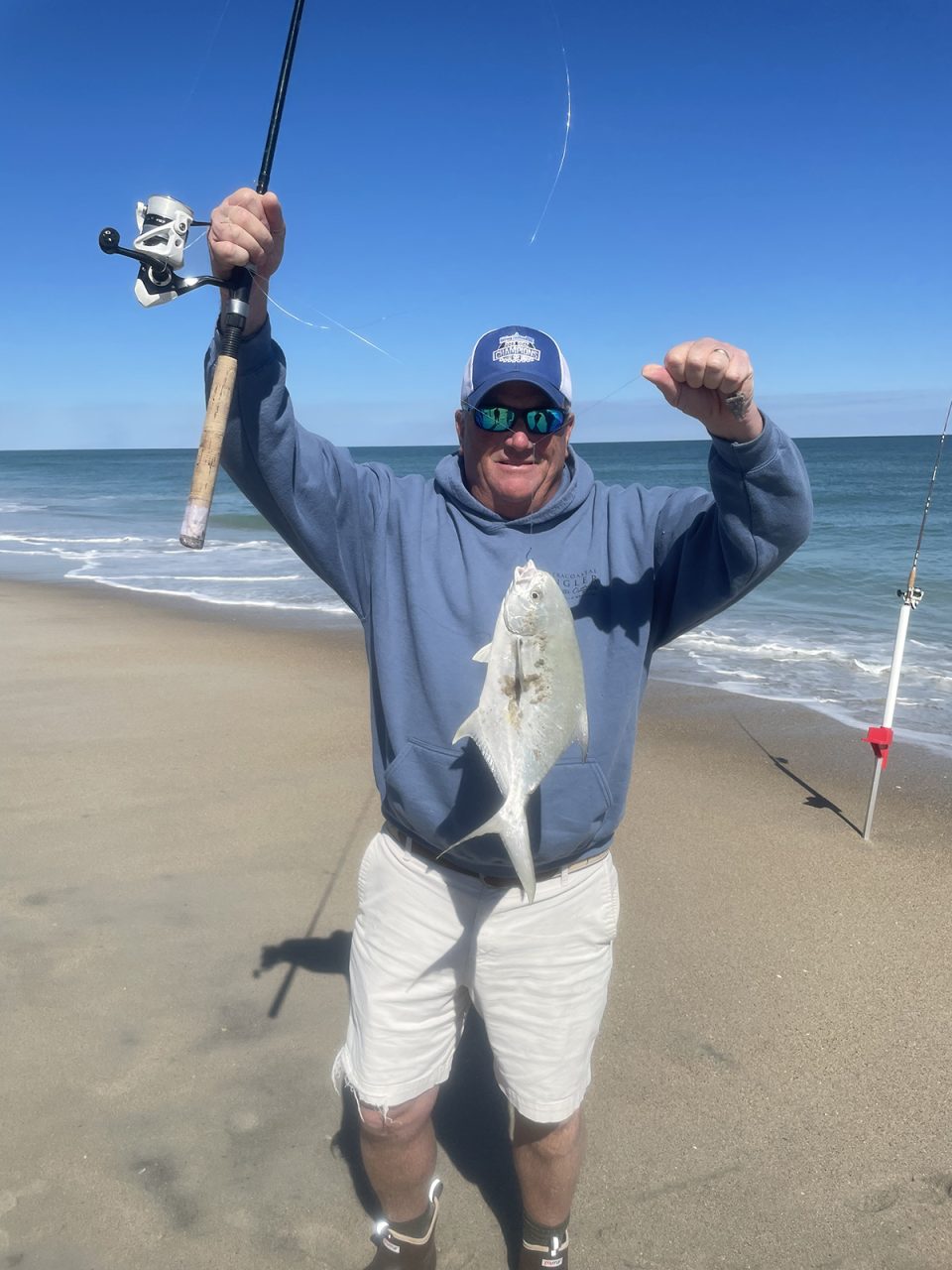
Second in a series
Previously we’ve talked about catching, keeping, and using live mullet. This time let’s discuss crustaceans.
Supporter Spotlight
Crabs and shrimp are a huge part of the diet of the fish we pursue. We’ll take some of the things we’ve already learned, put them to use on a different species, then learn some new tactics.
According to a very scientific poll I conducted (I asked some guys I know), shrimp is one of the top forage items for inshore game fish species (Usually. Depending on time of year, availability, location, etc.). The trouble for anglers is that they are expensive to buy at the bait shop.
Depending on location and time of year, you can expect to pay upward of $5 a dozen at peak availability and up to $10 per dozen when they get scarce. They can be caught by anglers.

You have to be prepared ahead of time, and you can’t really predict when they will be in places where we can catch them. The same cast net we used for mullet will work. Shrimp need to be in shallow water for cast-netting and it helps if you can see them.
If you are in a shallow creek and you spot them flipping and jumping, get the cast net out. My problem is that when I am in shallow water, my boat is too small to bring a cast net all the time. So, the Boy Scout motto is useful here. Throw the net on top of where you see them jumping. Quickly get them into a livewell with fresh recirculating water.
Supporter Spotlight
The best way to fish them in shallow creeks is under a popping cork. Use a size 1/0 single hook and place the hook under the horn. Do not pierce the dark spot that is the brain or it will die immediately. If trout, reds, or flounder are present, the cork will disappear quickly. Any that are left over can be frozen and used for a future bottom fishing trip. The biggest ones should be separated from the rest and brought home to be used for shrimp cocktail.
Flea treatment
Another crustacean that a lot of fish think is a delightful snack is the little beach-burrowers called mole crabs, or popularly known as sand fleas. They dig into the sand right in the wash where the waves lap the beach. Fish such as red drum and pompano will get very shallow and grab them if they are unlucky enough to get swept out.
They can be caught in a couple ways. You’ll see kids at the beach scooping them with their hands when they are building sand castles. This is a valid method for anglers, if we don’t need too many, or if they are abundant enough — then we can just grab them whenever we need them. But it can be hit or miss.
A more dependable method is a sand flea rake. They’re sold everywhere. They’ll last you forever with a little care. You can also make your own using plans you can find everywhere on the internet.
The idea is to scoop into the soft sand where the waves are running out and get the fleas burrowing there. Then you simply put them into a bucket. They’ll last you all day.
Some cultures eat them by deep-frying. I can’t get past the sand that inevitably gets left behind.

We can fish with them in a variety of ways. We can put one on each hook of an old standby two hook bottom rig and toss it out there. That might work. But let’s be more specific.
Let’s say we want to catch some fish in the surf. Pompano might be our top target. The best pompano fishermen use custom rigs tied with circle hooks in size 1 and 1/0 using two or even three at a time. Hook the flea through the tail and fish in the trough between two bars. It’s going to be a spot where the waves don’t break as much and is the spot where all the best beach fishing is going to take place.
Sheepshead will often be seen hanging around pier pilings and can be difficult to catch. Be prepared with sand fleas and fish them using the new style bottom-fishing jigs that are known as sheepshead jigs, or bottom sweepers. They will stay in place as the waves go in and out. Set the hook quickly and get them away from the pilings.
Fiddler on the hook
Our last crustacean of note is going to be the fiddler crab.
This is a popular bait to use for sheepshead around bridges and dock pilings all along the sounds and the Atlantic Intracoastal Waterway. You will see them on mudflats waving their claws in the air at low tide.
It takes a little fore knowledge and some planning to find a hard bottom flat you can access and the time of the day it will be exposed. Then it’s simply a matter of rounding them up. It’s usually a two-person game, at least. You need to walk toward each other on the flat to get them in between.
I’ve read in old issues of Field and Stream about using a couple two-by-fours laid out on the ground to corral them and herd them. Simply pick them up. I know they’ve got that big claw that looks a little scary. It can’t really hurt. Maybe a little pinch some times. Nothing scary.
Now find a dock or a bridge where they are known to be found. Pull off the big claw and put the hook of a bottom sweeper jig through that hole. Drop it to the bottom. Little nibblers will poke at it. A sheepshead worth catching will grab it. A bonus catch will be black drum.
Those are some baits to use when the fish are feeling a bit crabby. Chances are, you won’t be after you get done fishing with them.








